Photo by Peter Eliasson #avgeek
Originally shared by E-pic.se
Hawker Hunter posing for the camera
Pilot: Jan Andersson
Vintage Edit, what do you think about it?
More images of the Hawker hunter: http://www.e-pic.se/Aircraft/Aircraft-sorted-by-type/Hawker/Hawker-Hunter/
The Hawker Hunter is a transonic British jet aircraft developed in the late 1940s and early 1950s. The single-seat Hunter entered service as a manoeuvrable fighter aircraft, and later operated in fighter-bomber and reconnaissance roles in numerous conflicts. Two-seat variants remained in use for training and secondary roles with the Royal Air Force (RAF) and Royal Navy until the early 1990s. The Hunter was also widely exported, serving with 21 other air forces. Sixty years after its original introduction it was still in active service, operated by the Lebanese Air Force until 2014
The airframe of the Hunter consists of six interchangeable major sections: the forward fuselage (housing the cockpit and armament pack), center fuselage (including the integral wing roots and air duct intakes), rear fuselage, tail unit assembly, and two individually produced wings. Production was divided up so major sections could be completed individually and manufacturing of the type could be dispersed to reduce vulnerability to attack. Establishing initial full-rate production for the type was difficult, as manufacturing the Hunter required the development of 3,250 tool designs and the procurement of 40,000 fixtures, jigs, and tools
In the early 1950s, the Swedish Air Force saw the need for an interceptor that could reach enemy bombers at a higher altitude than the J 29 Tunnan that formed the backbone of the fighter force. A contract for 120 Hawker Hunter Mk 50s (equivalent to the Mk 4) was therefore signed on 29 June 1954 and the first aircraft was delivered on 26 August 1955. The model was designated J 34 and was assigned to the F 8 and F 18 wings that defended Stockholm. The J 34 was armed with four 30 mm (1.18 in) cannon and two Sidewinders. The Swedish Air Force’s aerobatic team Acro Hunters used five J 34s during the late 1950s. The J 34s were gradually replaced by supersonic J 35 Draken and reassigned to less prominent air wings, F 9 in Gothenburg and F 10 in Ängelholm, during the 1960s.
A project to improve the performance of the J 34 resulted in one Hunter being fitted with a Swedish-designed afterburner in 1958. While this significantly increased the engine’s thrust, there was little improvement in overall performance, thus the project was shelved. The last of the J 34s was retired from service in 1969
More images of the Hawker hunter: http://www.e-pic.se/Aircraft/Aircraft-sorted-by-type/Hawker/Hawker-Hunter/
#Hawker #Hunter #Aircraft #Aviation #Fighter #E_PIC_SE
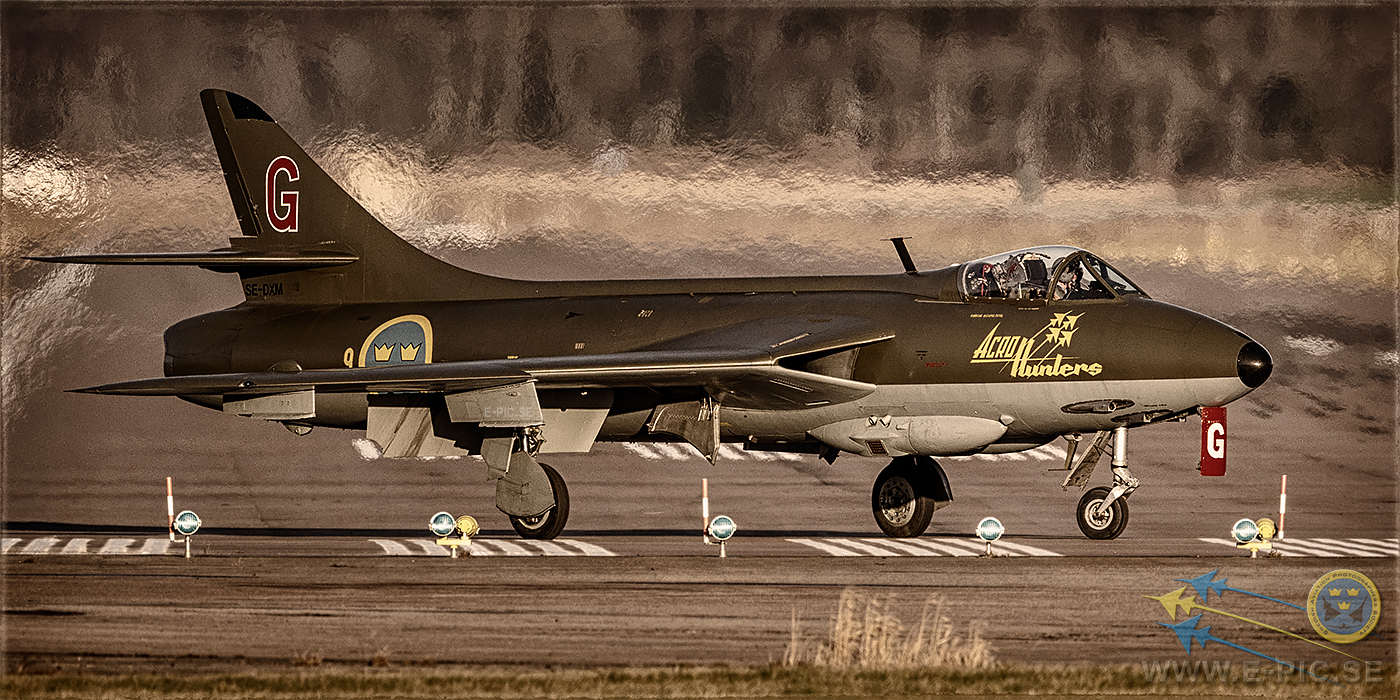
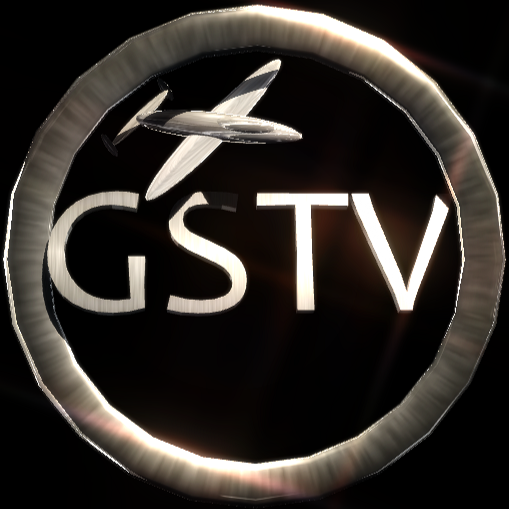
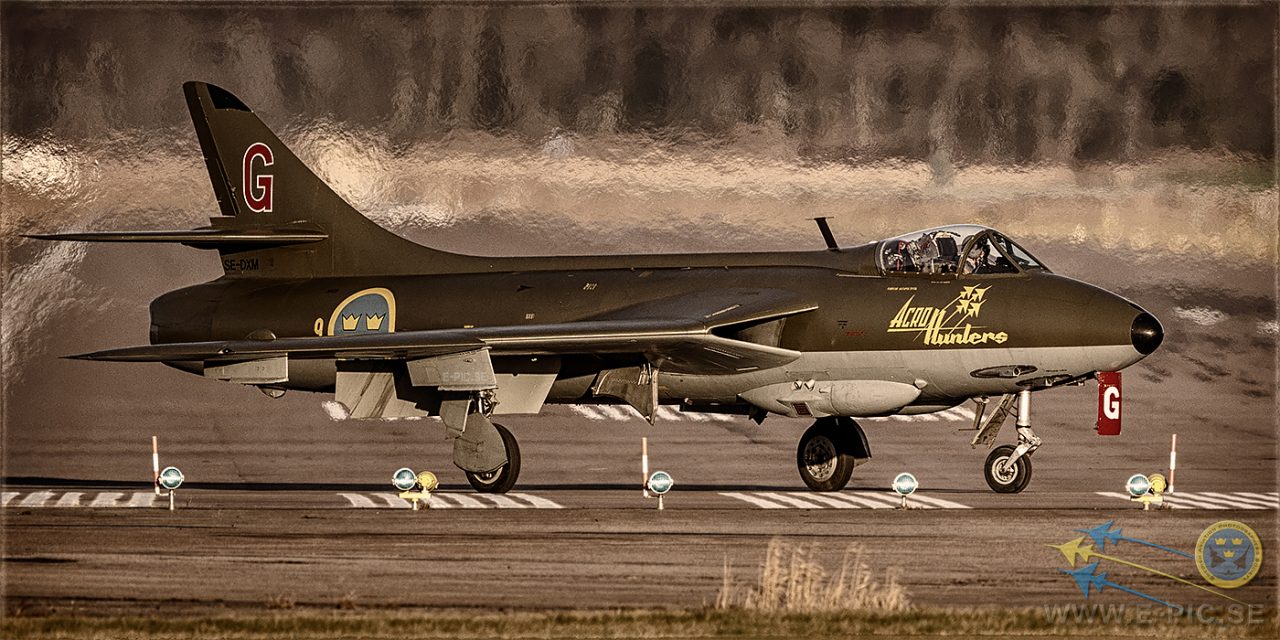
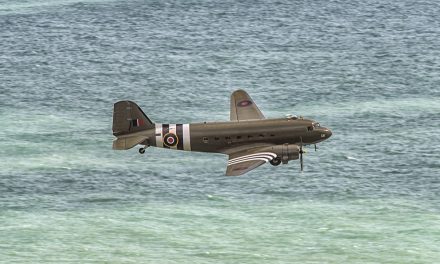

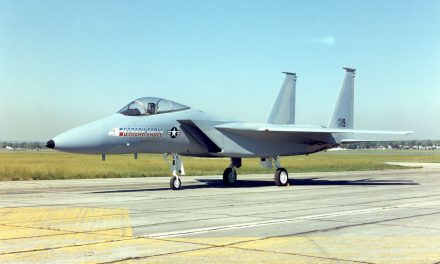
Recent Comments